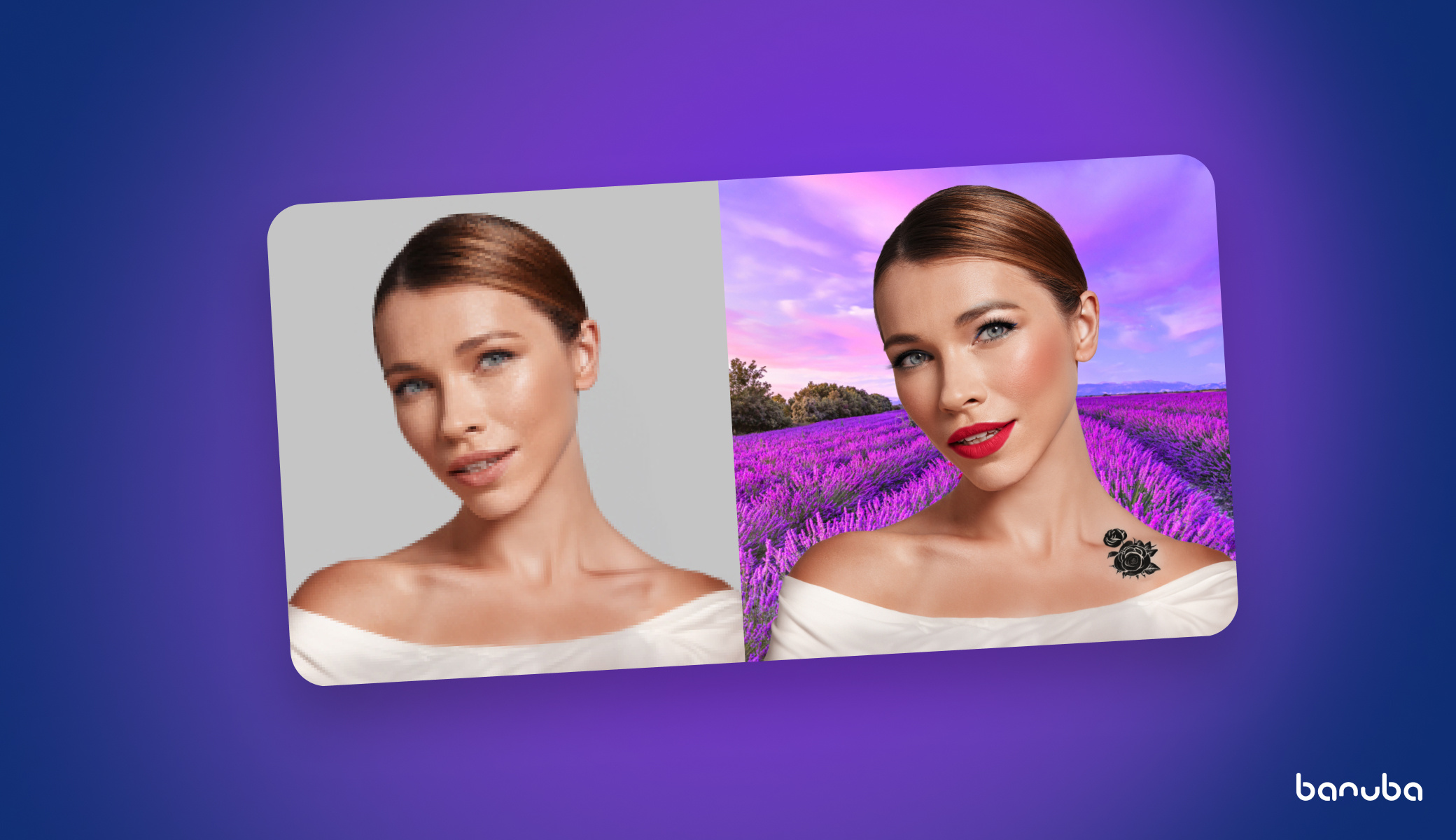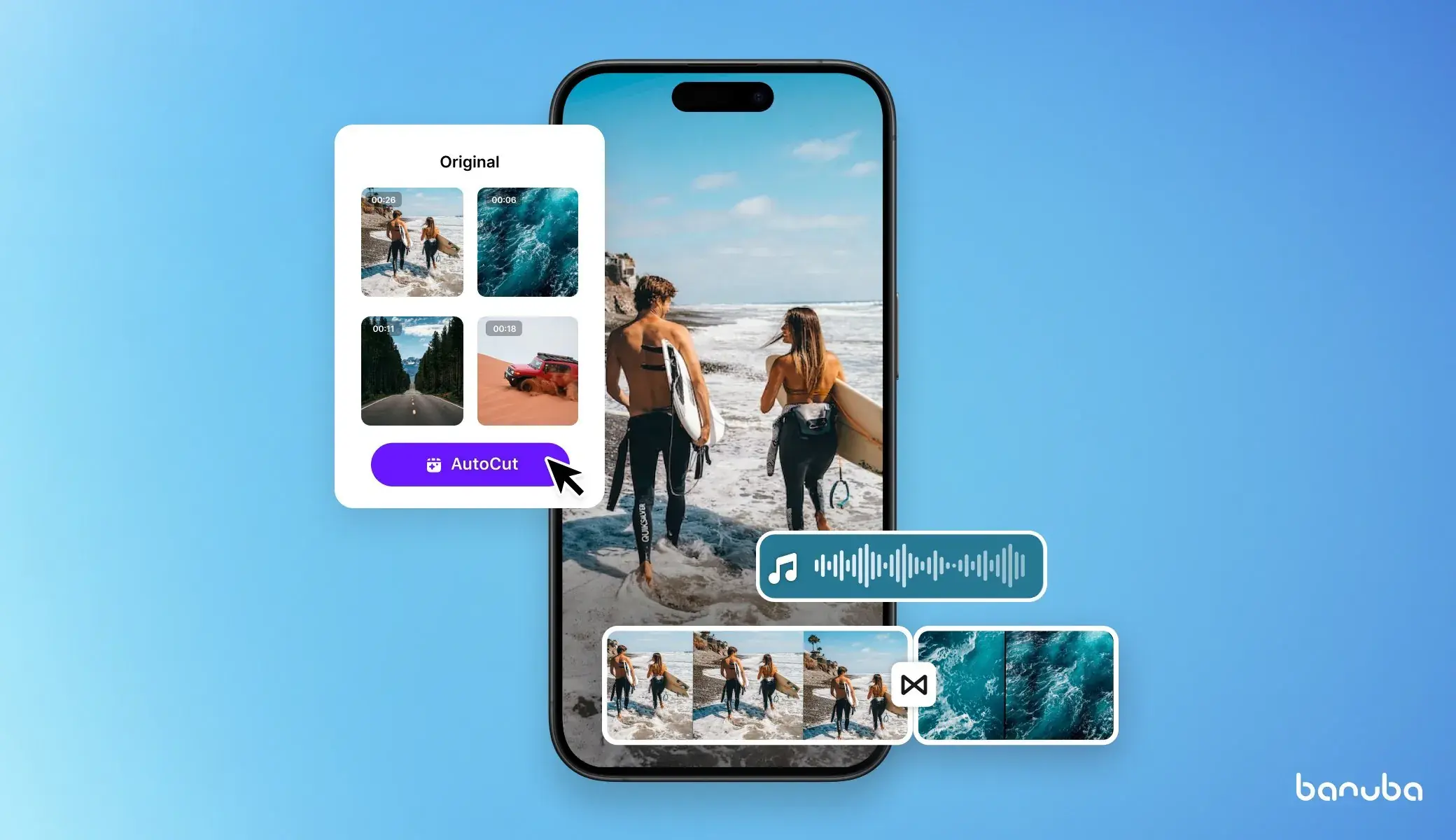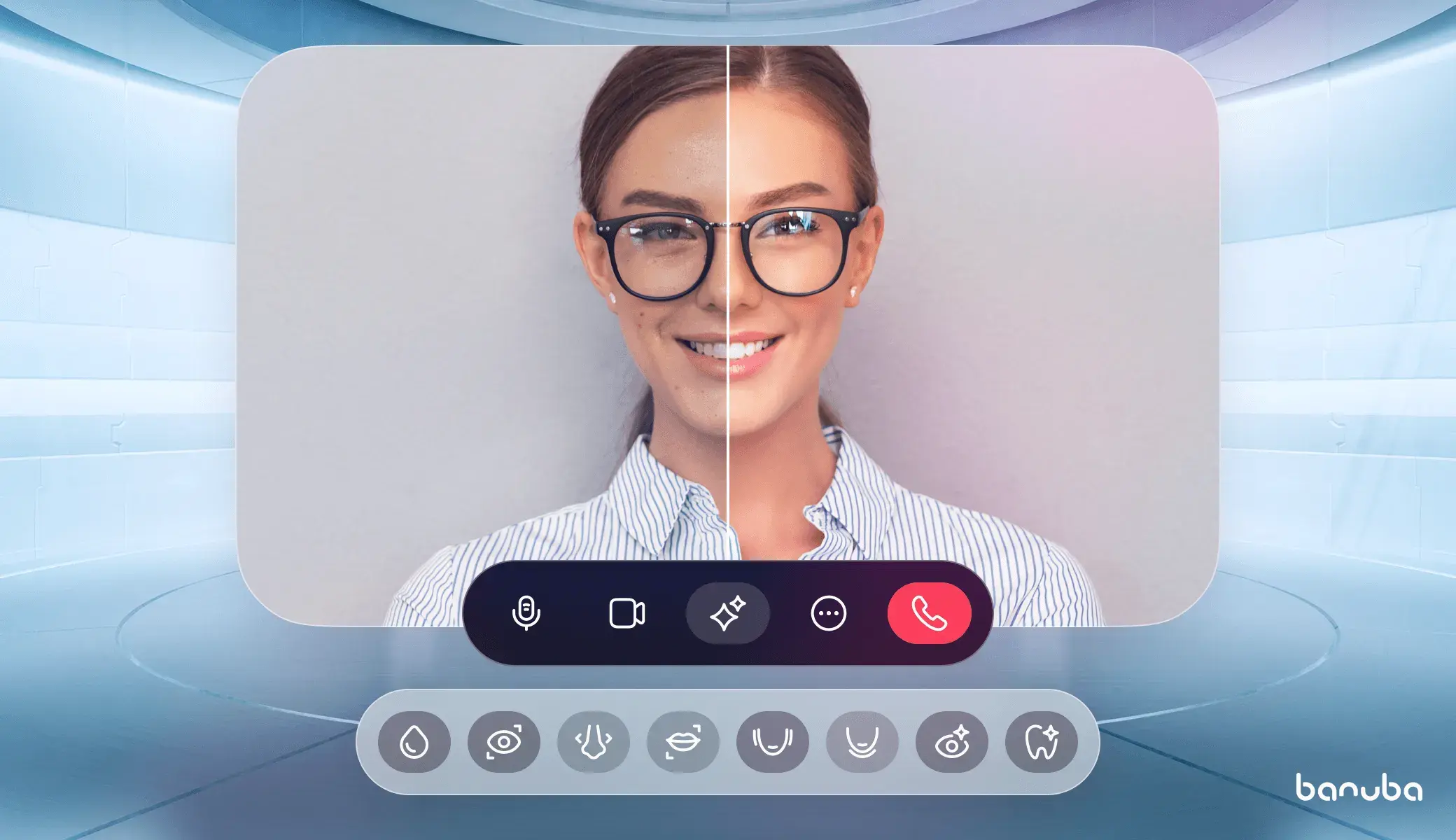[navigation]
TL; DR:
- Augmented reality SDK is a ready-made product that lets your app perform certain AR functions;
- AR SDKs help launch a new product faster and save money on initial investment;
- The three main aspects you need to consider are the feature set, technical aspects (compatibility, performance, etc.), and commercial aspects (pricing, support, etc.);
- “How” a feature works is just as important as whether it is there at all;
- You can integrate an augmented reality SDK in two steps with the instructions below.
What is an augmented reality SDK?
AR SDK (augmented reality software development kit) is a collection of tools, libraries, and documentation that developers use to create applications incorporating augmented reality features. AR technology overlays digital information (3D filters, animations, or interactive elements) — onto the real world when viewed through devices like smartphones, tablets, electronic glasses, or headsets.
The term “augmented reality SDK” is very broad and covers many different software pieces.
Firstly, they can support different platforms:
One software development kit can have several versions, retaining the same functionality but being compatible with different digital environments.
Secondly, the feature set itself can vary greatly. Some SDKs handle tracking and recognizing images or objects in real-time, rendering 3D graphics, managing user interactions through gestures or touch, and providing environmental understanding to place virtual objects accurately within physical spaces. Others could apply AR effects to videos or help navigate indoors with geolocation-based signs.
The main selling point of an augmented reality SDK is time and cost savings. A commercially available software development kit will usually take only a few hours to integrate – sometimes as little as a few minutes. But it contains a feature set that would take months if not years to develop. Moreover, a yearly license costs a fraction of the budget it would take to build similar features from scratch.
As a result, businesses could quickly release new products (or new functionalities for the existing ones) and risk less money in case the investment doesn’t pay off. The freed-up funds could be used for other important purposes, e.g. marketing.
How To Choose the Right Augmented Reality SDK
There are three main elements to consider when choosing the best AR SDK for you:
- Functionality. The feature set of the product.
- Technical aspects. Compatibility with various platforms and languages, cloud support, etc.
- Commercial aspects. Pricing, trial options, and the like.
AR SDK functionality
You should look for the software development kit that covers everything you need and perhaps offer something else that your users would appreciate. For example, in video conferencing apps, virtual backgrounds are well complemented with face touch-up, as both improve the users’ confidence. And AR SDK for Android and iOS can help expand the offering from one platform to another with little extra effort.
However, this is the case where more isn’t necessarily better. If you are making a mobile app, for example, including features that you don’t need will bloat your product, making it less likely to be downloaded and more likely to be deleted. Moreover, you will have to pay for those features that you don’t use. Ideally, you would want a product that is flexible enough to let you include some functionalities and exclude others, picking and choosing whatever works for your specific needs.
Typical features may includes:
- Beauty AR. Some AR SDKs don’t include this feature at all while others can automatically smoothen the face and neck, make eyes more expressive and whiten the users’ teeth.
- Face filters. Pretty much anything applied to a user’s face is a filter. 3D masks, 2D stickers, trigger effects, and other hallmarks of modern social media are just the more obvious examples.
- AR assets. Augmented reality SDK vendors generally have some premade filters and effects that they can license out to the customers. Banuba Face AR SDK, for example, has over 2000 effects in the asset store and a new compatible mask could be made in 2-3 days.
- Background replacement. Having this in an augmented reality SDK is especially important for video calling software.
- Color filters. These are relatively simple to make and they are pretty much expected to be included in any apps with photo/video editing functionality.
Finally, there is also a matter of how well a specific feature in a given augmented reality SDK works. Take skin smoothing, for example. The basic idea is simple – remove the wrinkles. But there are many details to consider:
- Does the skin in the resulting image look natural, or does it get a doll-like texture?
- Does this feature work on people of all skin tones?
- Do the wrinkles disappear only on the face, or is the neck affected as well?
- How well does smoothing work in different lighting conditions and in pictures/videos of different quality?
- Can you regulate the intensity of the effect?
- Etc.
Technical aspects
These are the things that a 3D augmented reality SDK has “under the hood,” something that only your team sees. They are important for compatibility, performance, ease of work, and other similar aspects.
- Platform and language compatibility. The software development kit should support your technologies of choice. A Swift augmented reality SDK won’t work on Android, for example.
- Performance and optimization. Getting a well-optimized and fast AR SDK can increase your audience and provide a better experience for your users. Firstly, it expands the number of devices that your app can run on. Banuba Face AR SDK, for example, supports smartphones starting from iPhone 6S and about 80% of their Android counterparts
- Ease of integration. The entire point of using an SDK is saving time and effort. The more you save, the better. So if the product has extensive and clear documentation, as well as fast and responsive support, it already shows great value.
Commercial aspects
This covers everything that has to do with the business.
- Price and pricing model. Each augmented reality SDK is priced differently. Some providers charge per app per platform per year. Others - per processed photos and minutes of video. Still others can sell you a lifetime license for a fixed price. Whether these prices and pricing models fit you, depends on your specific situation and the value that the SDK can bring.
- Trial version. It’s hard to make a choice in a vacuum. Especially in the case of a technically complex product. That’s why most vendors provide a certain period where you can use their face AR SDK at no cost. Banuba, for example, offers 14 days of a free trial. Others can have a different duration or approach (e.g. unlimited free trial but with a watermark placed on all processed photos and videos).
- Support speed and quality. When gathering information about the AR SDKs, pay attention to how quickly the vendor replies and how well they answer your questions. Developing and running an app is a marathon, so select someone whom you’ll enjoy working with in the long term.
Two steps to integrate augmented reality SDK
If you are interested in virtual try-on, backgrounds, 3D masks, or other face-related augmented reality, you can test Banuba Face AR SDK and see how it fits into your business strategy. On the other hand, if you need video editing features, you would be better suited with Video Editor SDK. Here’s how you can integrate either in just two steps.
Step 1. Receive Your Trial Token
Banuba offers a 14-day free trial for every product. You can try out the AR SDK and see which of its capabilities work best for you. To start your free trial, fill in the form below and receive a unique trial token along with the SDK archive.

Step 2. Integrate
Once you receive your trial token, take a look at our guides to easily merge the SDK with your software:
That’s it. Enjoy your free trial for two weeks and feel free to contact Banuba’s team for further guidance.
Conclusion
The best augmented reality SDK is the one that fits your needs. It should include the features you require, be easy to integrate, and have the pricing model that makes it valuable to you. If you need one for face AR, try Banuba Face AR SDK or Video Editor SDK, integrate them in two easy steps, and see the results.







